Chidorigafuchi is a moat built around the castle during the Tokugawa Shogun’s era during the expansion of Edo Castle. It surrounds the Imperial Palace along Yasukuni Street to Kitanomaru Park. The following is an introduction to the history, highlights, and facilities of Chidorigafuchi.
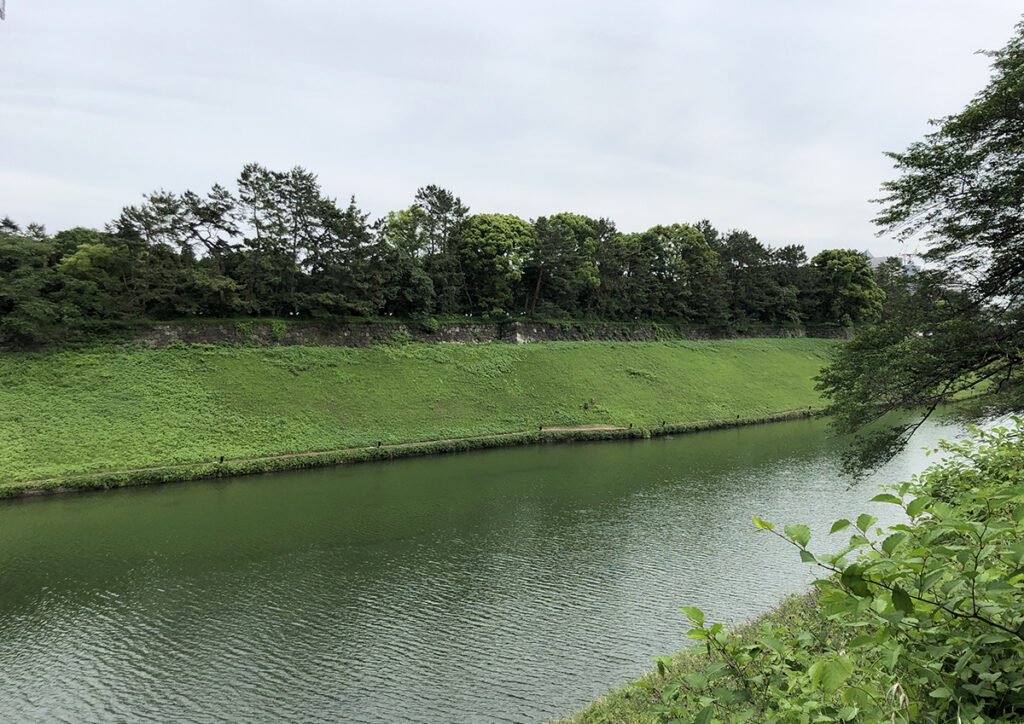
What is Chidorigafuchi?
The flow of the Okawasawa River, which originates in Bancho on the Kojimachi-dai, was dammed by the high earthen bridges at Hanzomon and Tianyasumon to create Chidorigafuchi, and Ushigafuchi under Tianyasumon was kept at the water level by the earthen bridge in front of Shimizu-mon, and was a source of drinking water in the early Edo period. The natural large pond created by damming in this way is named “Fuchi,” unlike the artificial moat-wari. The name comes from the migratory bird Chidori. It is believed that it is because of its similarity in shape.
In 1952, the Koishikawa Korakuen Garden was designated as a Special Historic Site and a Special Place of Scenic Beauty under the Law for Protection of Cultural Properties. There are two metropolitan gardens and nine gardens in Japan that are also designated as such, making it a valuable garden not only in Tokyo but also throughout Japan.
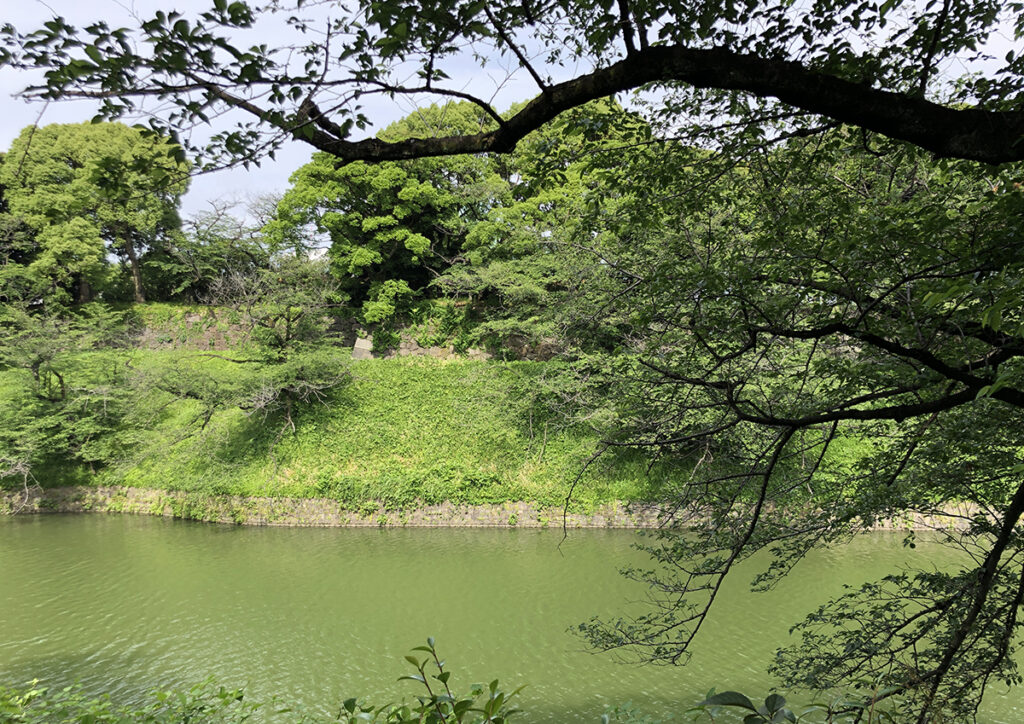
Highlights of Chidorigafuchi
The stone wall of “Chidorigafuchi” seen from Kudan-zaka is built in a three-tiered structure: the first tier is “Koshimaki Ishigaki,” the second tier is “Gutamaki Dorimaki,” and the third tier, about 3 meters high, is “Hachimaki Ishigaki,” an earthen mound-style stone wall.
The depth of the water is about 1 meter. Carp, gobies, crayfish and dragonflies coexist here. On the right side of the Chidorigafuchi intersection, there is a 700-meter-long “Chidorigafuchi Ryokudo” and a boat pier, and on the left side, along the Hanzo moat, there is “Chidorigafuchi Park”. Chidorigafuchi Park is famous for its cherry blossoms such as Someiyoshino, Oshima-zakura, and Yamazakura, and is crowded with many people during the cherry blossom viewing season.
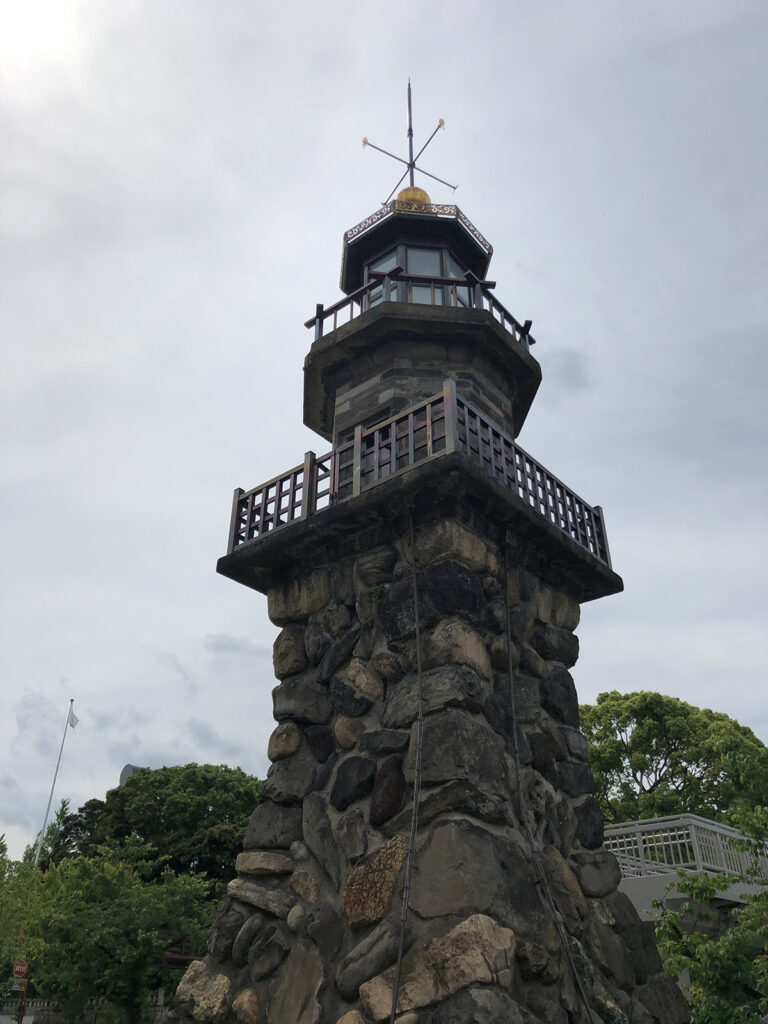
Chidorigafuchi-ryokudo
The promenade, called “Chidorigafuchi Ryokudo,” is about 700 meters long from the corner of Kudan-zaka on Yasukuni-dori Avenue along the moat to the Chidorigafuchi War Cemetery on the west side of the Imperial Palace. This area, which is visited by many people during the cherry blossom season, seems to have been crowded as a cherry blossom viewing spot since the first half of 1897, when “Tokyo Meisho Zue” (Illustrated Guide to Famous Places in Tokyo) described a walk during the cherry blossom season. About 260 cherry trees, including Someiyoshino and Oshima cherry, bloom over the heads of people walking along the promenade, making it seem as if they are walking through a tunnel of cherry trees, making it a nationally famous cherry blossom viewing spot. During the cherry blossom viewing season, more than 1 million people visit from all over Japan.
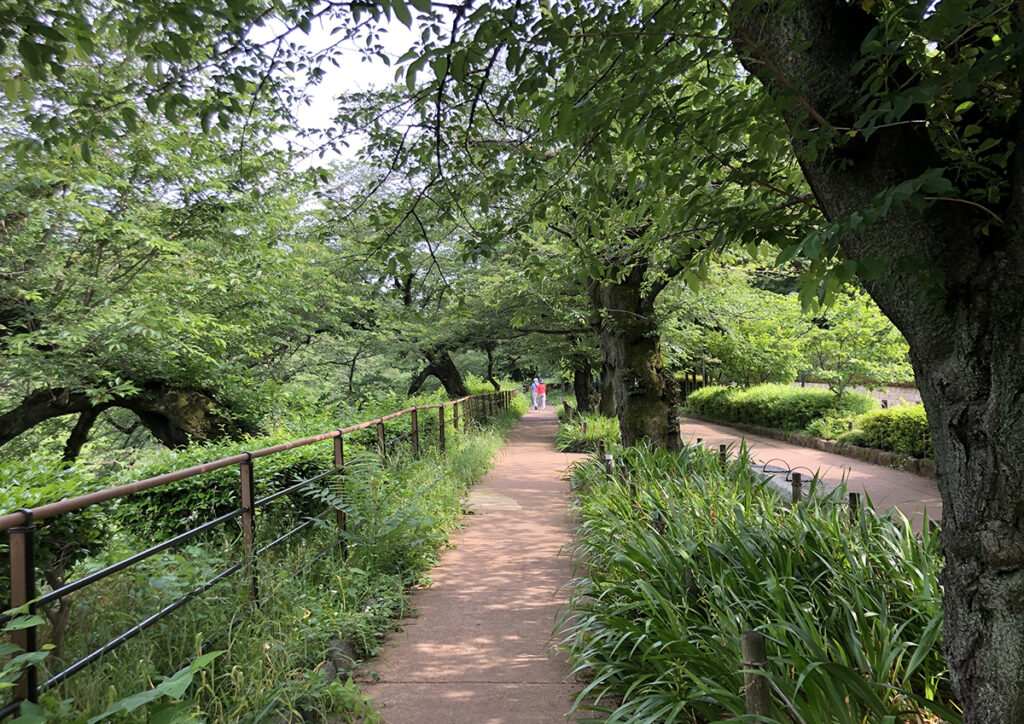

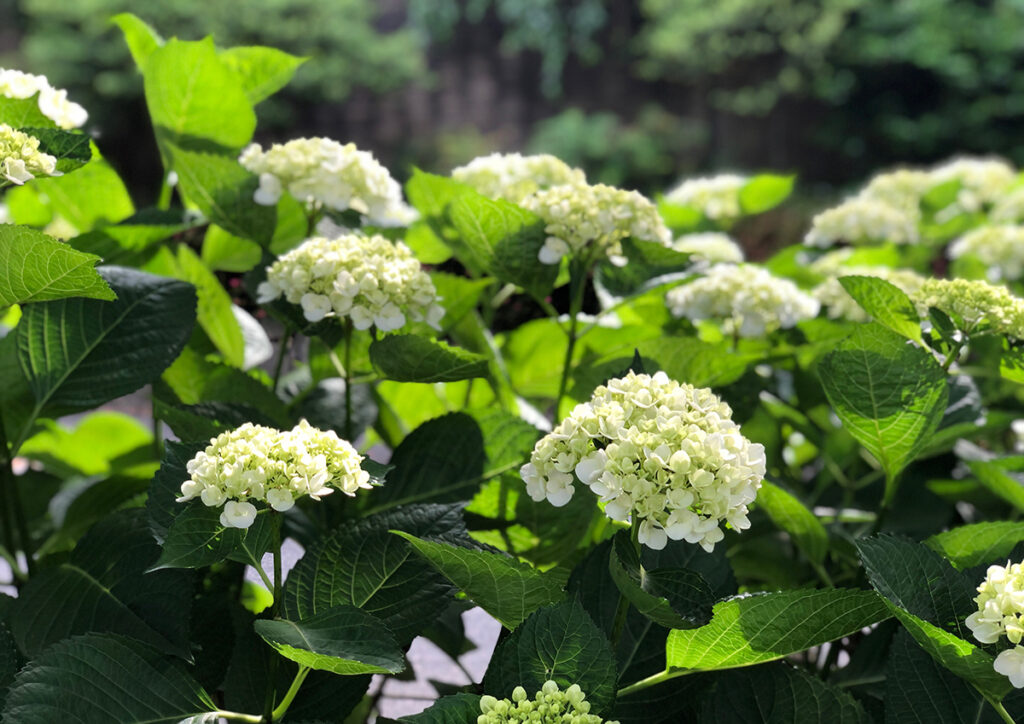
Embassy of India
This Indian Embassy designed by Plants Associates is located along Chidorigafuchi Greenway. The site has an excellent location with a view of Chidorigafuchi to the east, and despite being an embassy, it has an open design with extensive use of glass. The embassy and cultural center functions are located across the central entrance. There is also a yoga class inside.
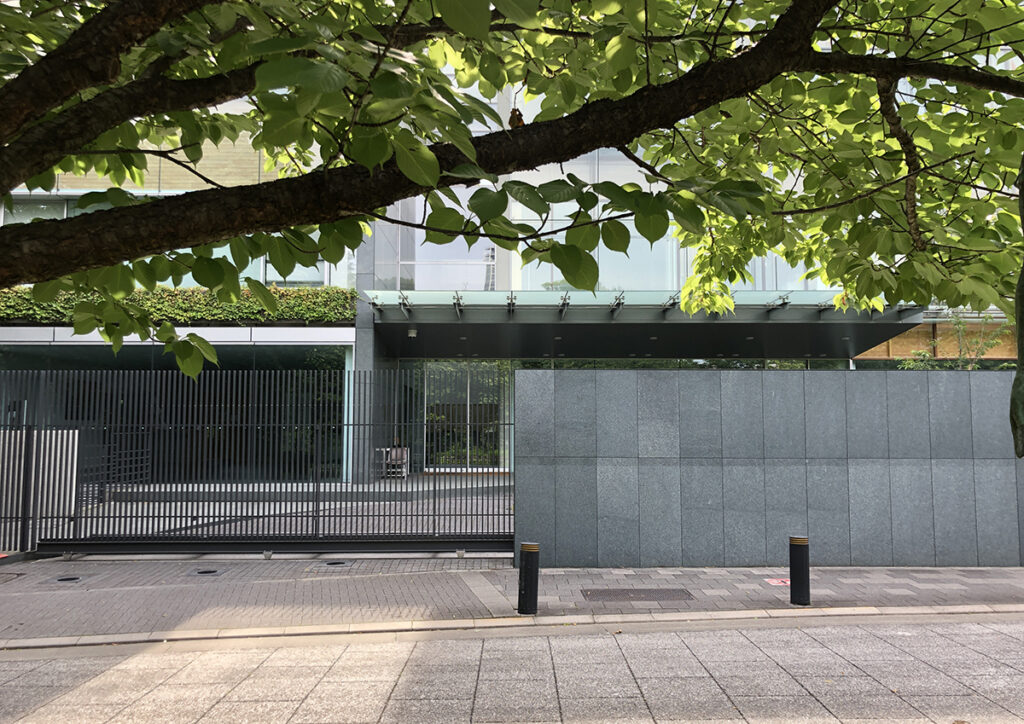
Chidorigafuchi War Cemetery
The Chidorigafuchi War Cemetery, also located along Chidorigafuchi Ryokudo, features a garden designed by Tsuyoshi Tamura, as well as the Maeya and Rokkakudo buildings designed by Yoshiro Taniguchi. Many Japanese soldiers died overseas in World War II. Here, the remains of those who could not be passed on to their families are interred.
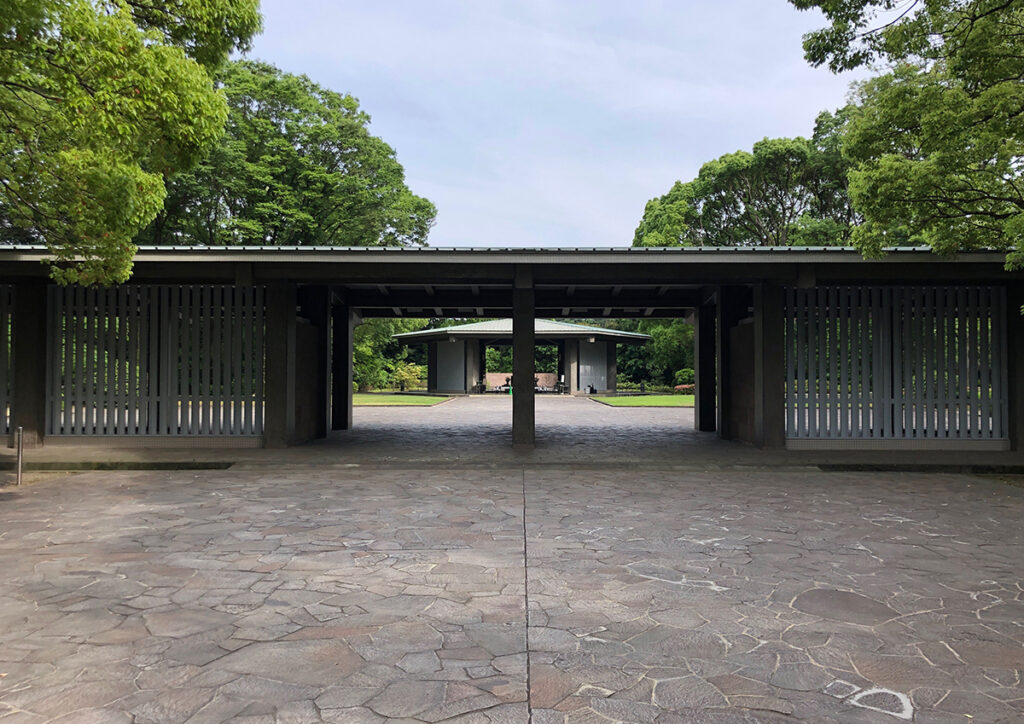
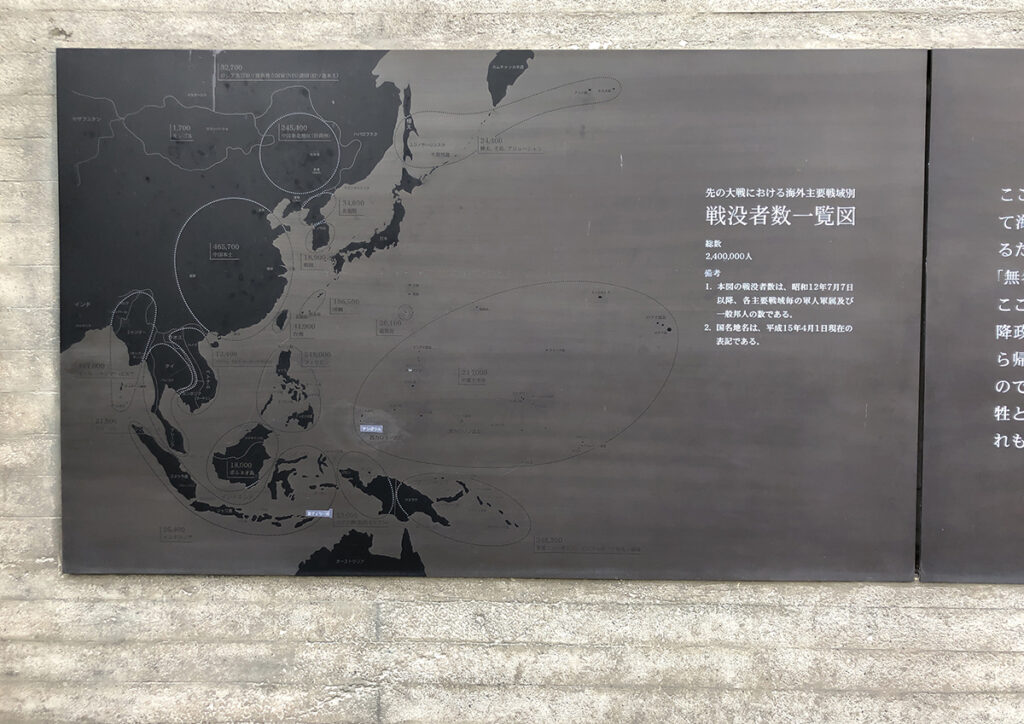

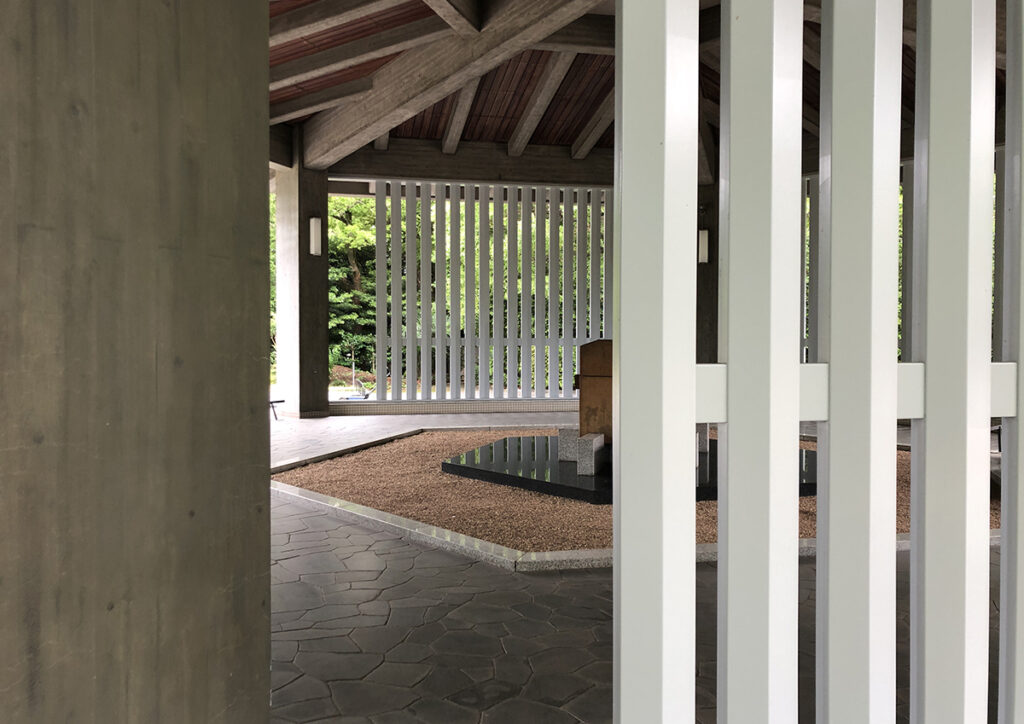
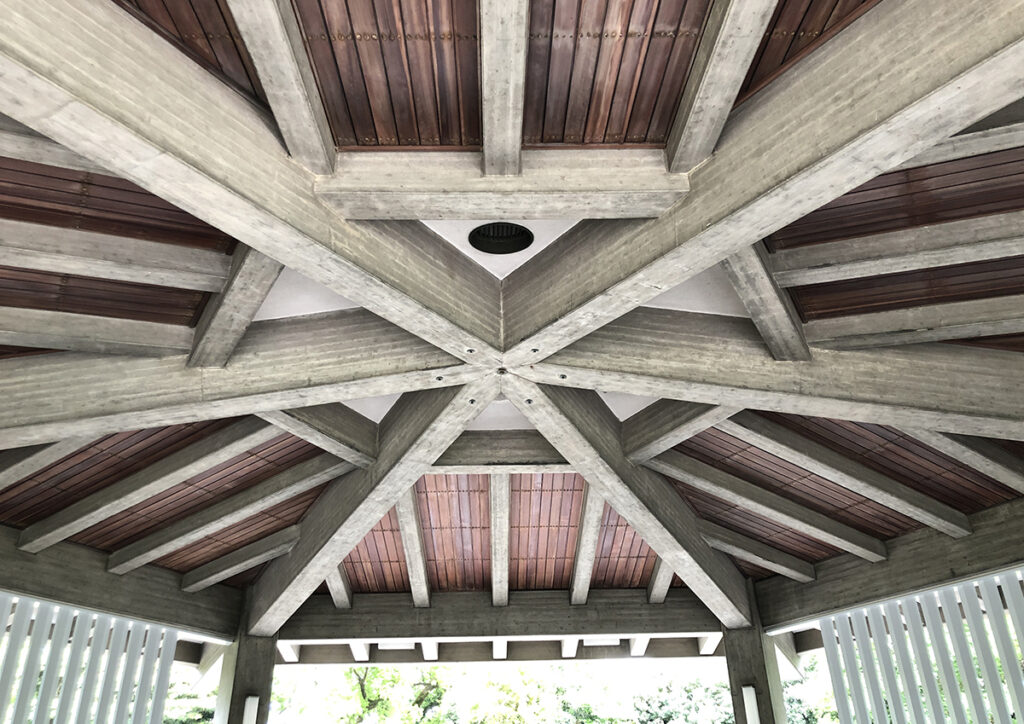
Daikancho Street
Daikancho Street” continues to Takebashi. With the improvement of Daikancho Dori in 1900, a new earthen bridge was built to divide the street into Chidorigafuchi and Hanzo moat. It serves as a shortcut between east and west on Uchibori Street, which circles the Imperial Palace.

British Embassy
After crossing the Chidorigafuchi intersection, the stately building with grayish-white exterior walls and green roof is the “British Embassy” on the right. It features a simplified and modernized British design that faithfully follows the classical style. This is another historic building that is considered one of the most famous buildings in the world. The current building, designed by the British Engineering Bureau, was built in 1929.
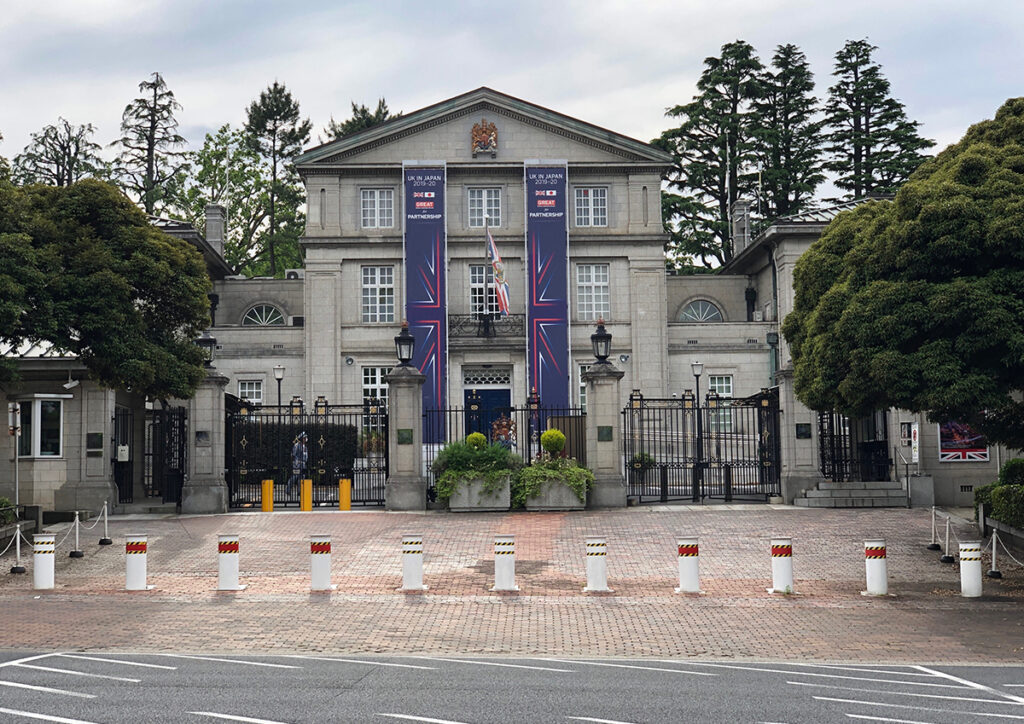
Chidorigafuchi Park
Chidorigafuchi Park is located on the west side of the Imperial Palace between Chidorigafuchi and the British Embassy. It is located across Daikancho Street from Chidorigafuchi Ryokudo and extends to the Imperial Palace Hanzomon Gate.
Chidorigafuchi Park has approximately 170 cherry trees, including Someiyoshino and Yamazakura cherry trees. During the Cherry Blossom Festival, Chidorigafuchi Park is crowded with people visiting Chidorigafuchi Ryokudo and strolling to this park.
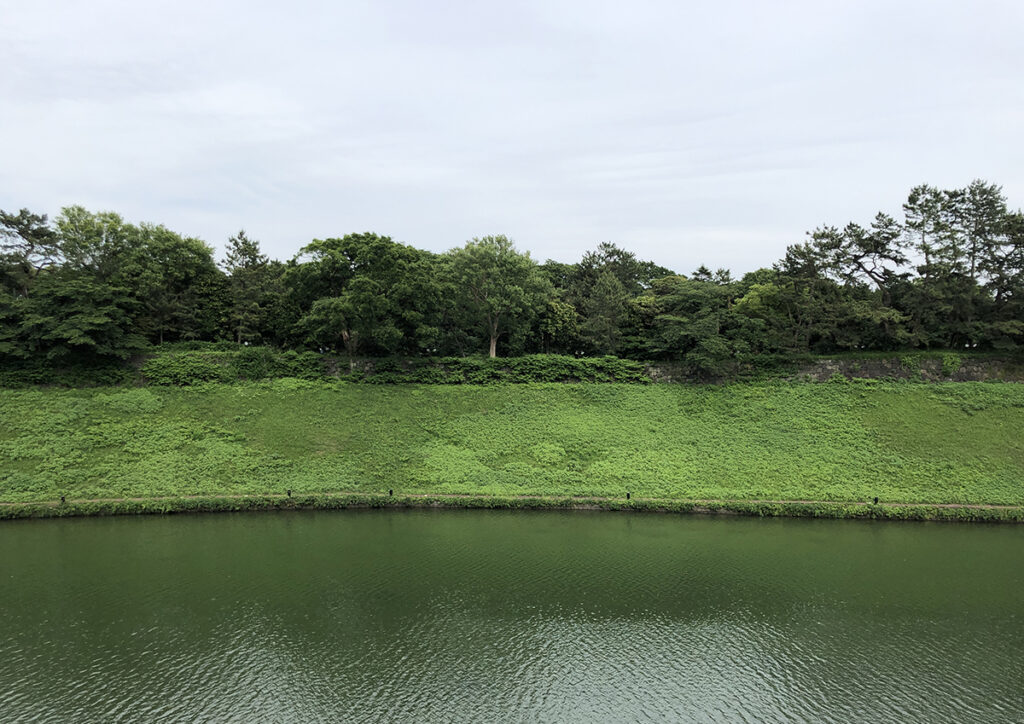
Sculpture
A work by Sebastián (Enrique Carbajal 1947-), a famous Mexican sculptor. It is entitled “Migration” (1997). It was presented to the Japanese people by the Mexican people to commemorate the centennial of Japanese immigration to Mexico (1897-1997).

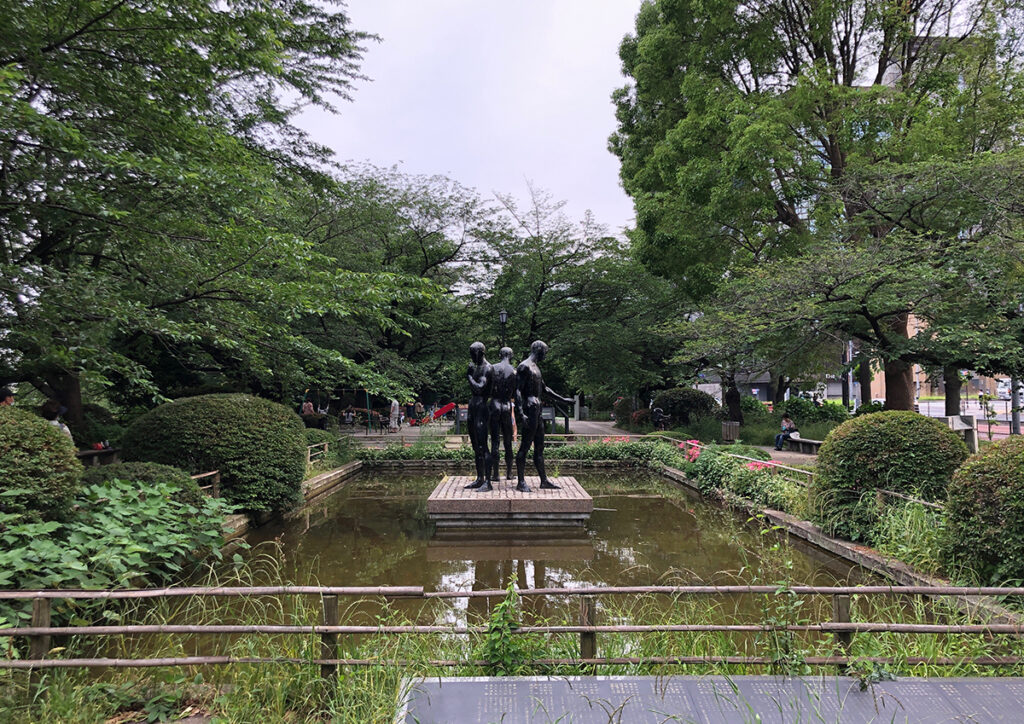
Access to Chidorigafuchi
2 Sanbancho, Chiyoda-ku, Tokyo
Parking around Chidorigafuchi
Chidorigafuchi Official Website
Official site:https://visit-chiyoda.tokyo/app/spot/detail/446
